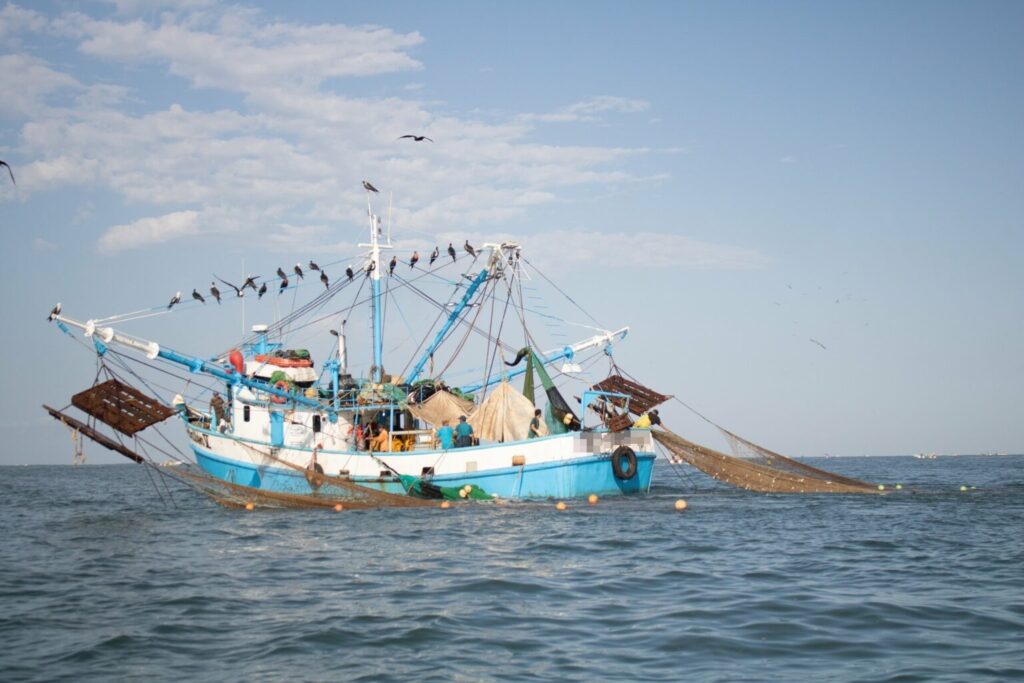The illegal, unreported and unregulated (IUU) fishing (INDNR) represents one of the greatest threats to the sustainability of the oceans. According to the Food and Agriculture Organization of the United Nations (FAO), this practice causes the loss of up to 26 million tons of fish per year, with an annual economic impact which ranges from US$10 billion to US$23 billion worldwide.
At Mexicosurveillance on the high seas is a complex challenge due to the vastness of the ocean and the difficulty of detecting suspicious vessels. To address this issue, since 2017 Pronatura Noroeste, Causa Natura, Global Conservation and the Citizen Observer Networkin alliance with different institutions such as CONANP, CONAPESCA, PROFEPA and SEMAR, implemented Marine Monitora technology solution that combines radar, long-range cameras e artificial intelligence to monitor and detect vessels in real time.
The results have been overwhelming. According to data from the National Fisheries CommissionBefore the installation of the system, 782,133 kilograms of seafood were seized in 2016 on the coasts of the country. Baja California y Baja California Sur. Eight years later, in 2024, the figure was reduced to 63,216 kilos, reflecting a decrease of 92%. In addition, the incursion of smaller vessels in protected areas was reduced by 73%.
Ricardo Juarez SalasCoordinator of Compliance and Law Enforcement Projects in Protected Areas at Pronatura Noroestehe emphasized that Marine Monitor operates autonomously 24 hours a day and uses machine learning to identify suspicious patterns.
"Through the information and experience provided by authorities and community watchmen, we define what behaviors may be suspicious, in this case, of illegal fishing," he explained.
The impact of this system goes beyond detection. Thanks to the communication network established between fishing communities and authorities, the information obtained makes it possible to plan more efficient operations and reduce the expenditure of public resources on surveillance.
Despite these advances, the problem of IUU fishing remains significant. It is estimated that in Mexico 40% of total catches come from irregular practices, which means that 4 out of every 10 species traded may originate from illegal fishing. This activity impacts not only marine ecosystems, but also the fishermen who operate legally and the viability of the fishing industry. Natural Protected Areas.
Monitoring with Marine Monitor has been especially relevant in the Gulf of Californiawhere species such as totoaba, chocolate clam, sea urchin and lobster are highly vulnerable to illegal exploitation.
The implementation of this technology has made it possible to have accurate data on the critical points of activity, days and times with the highest incidence of illegal fishing, which allows authorities and fishing communities to have useful information to plan surveillance actions more effectively, which translates into less expenditure of public resources.
Source: Pronatura Noroeste


